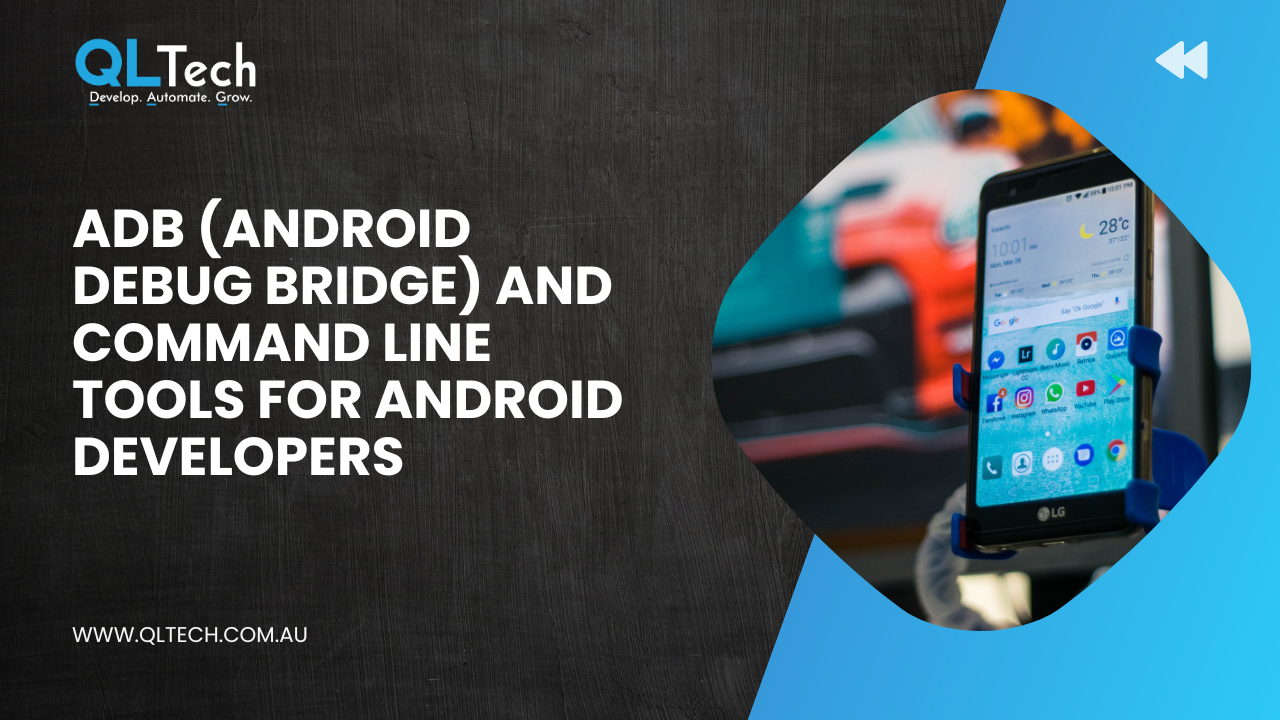Web developers use a variety of tools and integrated development environments (IDEs) to create, test, and maintain websites and web applications. Here’s an overview of some commonly used tools and IDEs in web development:

Text Editors:
- Visual Studio Code (VS Code): A highly popular and versatile code editor developed by Microsoft. It supports numerous programming languages and offers a vast collection of extensions.
- Sublime Text: Known for its speed and simplicity, Sublime Text is a lightweight text editor with a strong following in the web development community.
- Atom: An open-source text editor created by GitHub. Atom is customisable and boasts a robust package ecosystem.
- Notepad++: A Windows-based code editor that offers syntax highlighting for various programming languages.
- Brackets: An open-source text editor by Adobe, designed specifically for web development. It has live preview and preprocessor support.
Integrated Development Environments (IDEs):
- WebStorm: A powerful IDE by JetBrains that specialises in web development, offering intelligent coding assistance, debugging, and version control integration.
- PHPStorm: Also from JetBrains, PHPStorm is tailored for PHP development but supports various web languages and technologies.
- Eclipse: An open-source IDE that supports web development through plugins. It’s known for its flexibility.
- NetBeans: An open-source IDE that supports a wide range of web technologies, including HTML, CSS, JavaScript, and PHP.
- PyCharm: While primarily for Python development, PyCharm has support for web development through plugins and JavaScript frameworks.
Version Control:
- Git: The most widely used version control system in web development. Platforms like GitHub, GitLab, and Bitbucket are often used to host Git repositories.
- SVN (Subversion): An older version control system still used in some web development projects, especially in enterprise environments.
- Mercurial: A distributed version control system that is an alternative to Git.
Package Managers:
- npm (Node Package Manager): Used for managing JavaScript libraries and dependencies in Node.js projects.
- Yarn: Developed by Facebook, Yarn is another package manager for JavaScript. It’s compatible with npm packages but often faster.
- Composer: A dependency manager for PHP that is commonly used in web development to manage server-side libraries.
Browsers and Developer Tools:
- Google Chrome Developer Tools: A set of web authoring and debugging tools built directly into the Google Chrome browser.
- Mozilla Firefox Developer Tools: Similar to Chrome’s developer tools, Firefox provides a set of debugging and inspection tools.
- Microsoft Edge Developer Tools: The browser offers a suite of developer tools for web debugging.
- Safari Web Inspector: Apple’s browser also comes with a set of developer tools for debugging and profiling web applications.
Task Runners and Build Tools:
- Gulp: A JavaScript task runner that automates repetitive tasks like minification, compilation, and more.
- Grunt: Another JavaScript task runner used for automating tasks in web development.
- Webpack: A popular module bundler that is widely used to bundle JavaScript and other assets.
- Babel: A JavaScript compiler used to transform modern JavaScript code into older versions for compatibility.
Content Management Systems (CMS):
- WordPress: A widely used CMS for building websites and blogs.
- Joomla: Another popular open-source CMS with a strong community.
- Drupal: A flexible and highly customisable CMS used for complex web applications.
Database Management:
- phpMyAdmin: A web-based tool for managing MySQL databases.
- Adminer: A lightweight, database management tool with support for various database systems.
This list is by no means exhaustive, and web development tools and IDEs continue to evolve. The choice of tools depends on the specific needs of the project, the programming languages and technologies involved, and personal preferences of the developer or development team.
